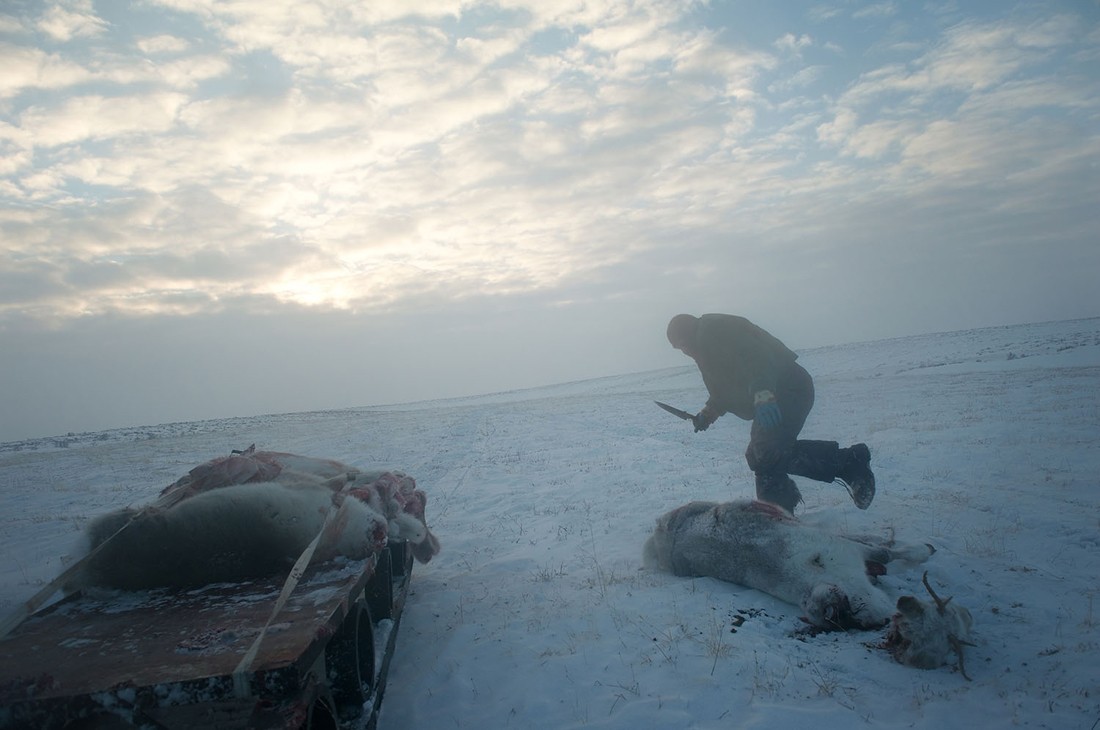
Canned Tundra: How Hunting Reindeer Works

Age 34
— Do you want to see some reindeer? One seat on our cutter was vacated. You have ten minutes to pack, in twenty minutes we are leaving from my front door. We won’t wait for you.
In one and a half hours we were already rushing down Norilka River to Piasino Lake, and from there north to Piasina River that falls into the Kara Sea. Two motor boats instead of the declared cutter. Under piercing splashes and squally wind we covered over 200 kilometers. We stopped at the hunting spots that are found every 50-70 kilometers along the shore and met the locals.
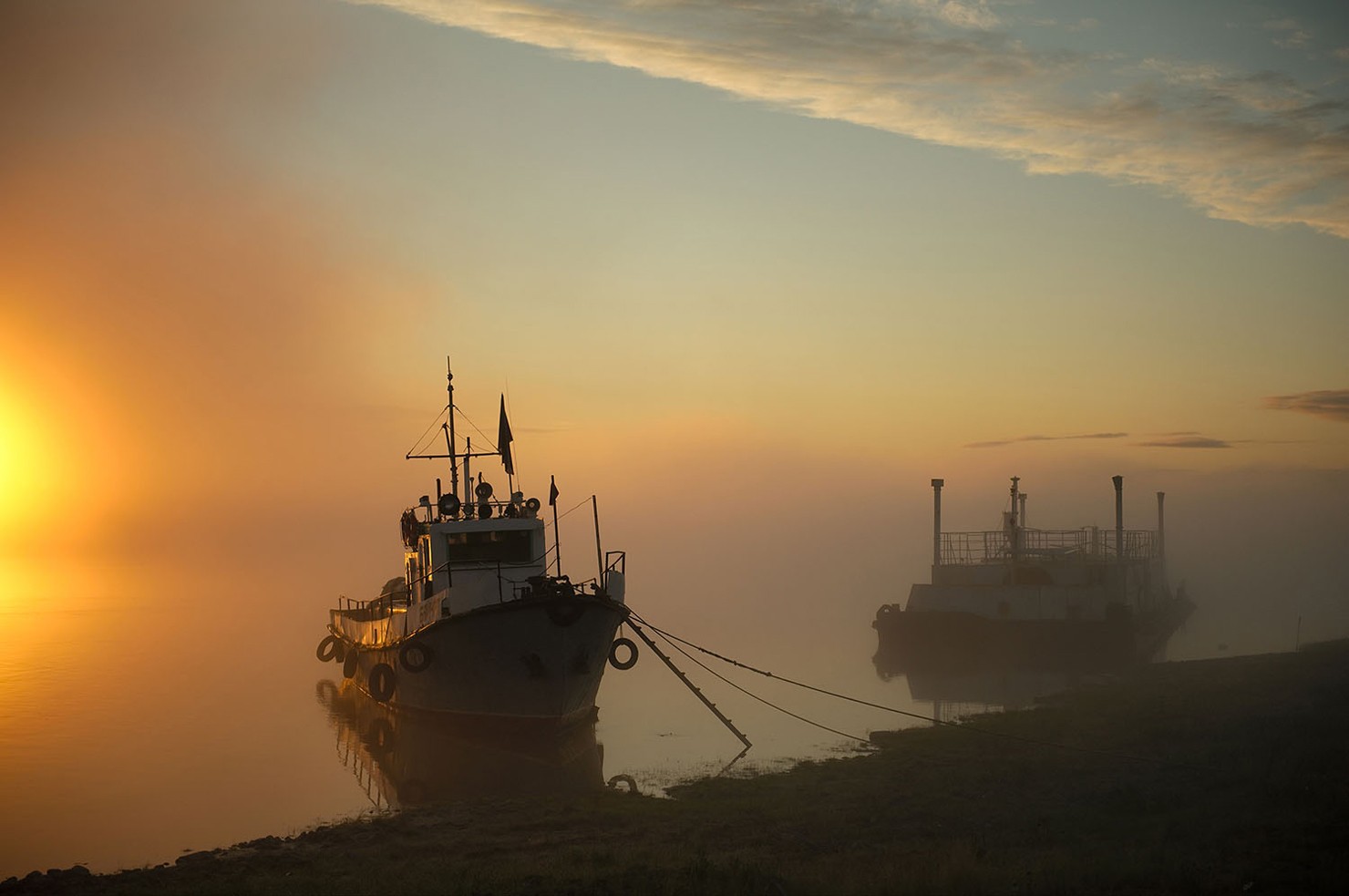
{“img”:”/wp-content/uploads/2015/09/Olen_22BIG.jpg”, “text”:””}
{“img”:”/wp-content/uploads/2015/09/Olen_23.jpg”, “text”:””}
According to some data, 70% of the world population of reindeer lives in Taymyr. Reindeer husbandry here is complicated by the fact the wild reindeer take the domesticated reindeer along to live together in the wild. This is why hunting became so popular. August used to be the high season for hunting, when herds of many thousand of reindeer were migrating from South to North and crossing the Piasina River. They were hunted down in the water.
In the Soviet times this method gained industrial scope. Hunting spots for 50-person teams were built along the river. It was prestigious to get on the team because of the high pay and tundra romanticism. People came from as far as Norilsk, given that the workers at harmful factories there had up to 3 months off. During the short navigation period from the end of the June until mid-September, coal and firewood, diesel fuel for generators and food are supplied on barges by the Piasina River. Fish and venison were taken out by the same barges. In the periods of intense hunting, helicopters were used as well. Around 5000 heads were shot every season. It is said to have been more than the meat output of all the reindeer husbandry in the USSR combined. Meat was used to produce elite sausage and jerky, and skin from deer tibia was used to make boots and souvenirs.
{“img”:”/wp-content/uploads/2015/09/Olen_27.jpg”, “text”:””},
{“img”:”/wp-content/uploads/2015/09/Olen_28.jpg”, “text”:””},
{“img”:”/wp-content/uploads/2015/09/Olen_29.jpg”, “text”:””}
The collapse of the USSR brought the collapse of the established hunting system, and at the same time the migration route of reindeer changed: they started crossing the river much further north. After the regular shooting stopped, the population grew to a critical number, which brought the danger of an epidemic, for example, of anthrax. Now you can see a lot of abandoned hunting spots along the river, but there are also signs of revival.
Modern hunters are real fans of tundra life, loyal to their trade, who don’t imagine themselves living in an urban environment. There are no accidental people here. Olia and Igor have been together for 40 years, they came here to hunt soon after their wedding. Their feelings were put through a harsh trial by time and the difficulties of an isolated life, but the couple is still wonderfully warm and tender with each other. They visit the town only for several weeks a year to deal with formalities. Their children who now study and work in Moscow grew up in the tundra.
{“img”:”/wp-content/uploads/2015/09/Olen_31.jpg”, “text”:””}
Vladimir and his wife Annita settled on their hunting spot 100 kilometers down south. Their living is very simple. They have no water supply, and they have electricity only in the evenings. In many hunting spots electricity is produced by diesel generators made in the 1970s, which occupy a separate outhouse and require constant attention.
{“img”:”/wp-content/uploads/2015/09/Olen_25.jpg”, “text”:””},
{“img”:”/wp-content/uploads/2015/09/Olen_26.jpg”, “text”:””}
The locals not only hunt, they also fish a lot. Piasina is rich with different kinds of whitefish. To understand how much the fish means for people in the Far North, you should at least once see the excitement in the face of a Norilsk local who has had too long of a vacation on the continent, when he is offered his favorite sugudai (a local raw fish dish).
{“img”:”/wp-content/uploads/2015/09/Olen_24.jpg”, “text”:””},
{“img”:”/wp-content/uploads/2015/09/Olen_18.jpg”, “text”:””}
I did not see any reindeer during my summer trip, so I decided to come to Piasina in winter, whatever it took. The opportunity found me. On the night of December 30, Shurik, a worker in a small brigade, called me – I promised to give him the photographs when he was in town. “We are just passing by, we’re leaving tomorrow, could you bring the photographs today?” Already in an hour in complete darkness in the endless rows of garages near Talnakh (district of Norilsk city) I was looking for the right one, where the men were repairing snowmobiles and examining a brand new Trekol all-terrain vehicle. I met Nikolai there, who is the head of the brigade and in the hunting circles is known by his nickname – Prince. I immediately felt it was safe to go to the winter tundra for two weeks with him, and he at once agreed to take a city girl on board.
{“img”:”/wp-content/uploads/2015/09/Olen_30.jpg”, “text”:””}
There is no winter road to the hunting spot. You can get there on a snowmobile, all-terrain vehicle or a trekol. It takes at least 8 hours. It was as if we were swimming on the bumps in a trekol, like on a big rubber boat, swaying on the waves. Sometimes in the spotlight piercing through the darkness we saw hares and wolves. We arrived late in the evening. A small house, one room, all beds are circled around a furnace stove. This is where the table is, too.
{“img”:”/wp-content/uploads/2015/09/Olen_15.jpg”, “text”:””}
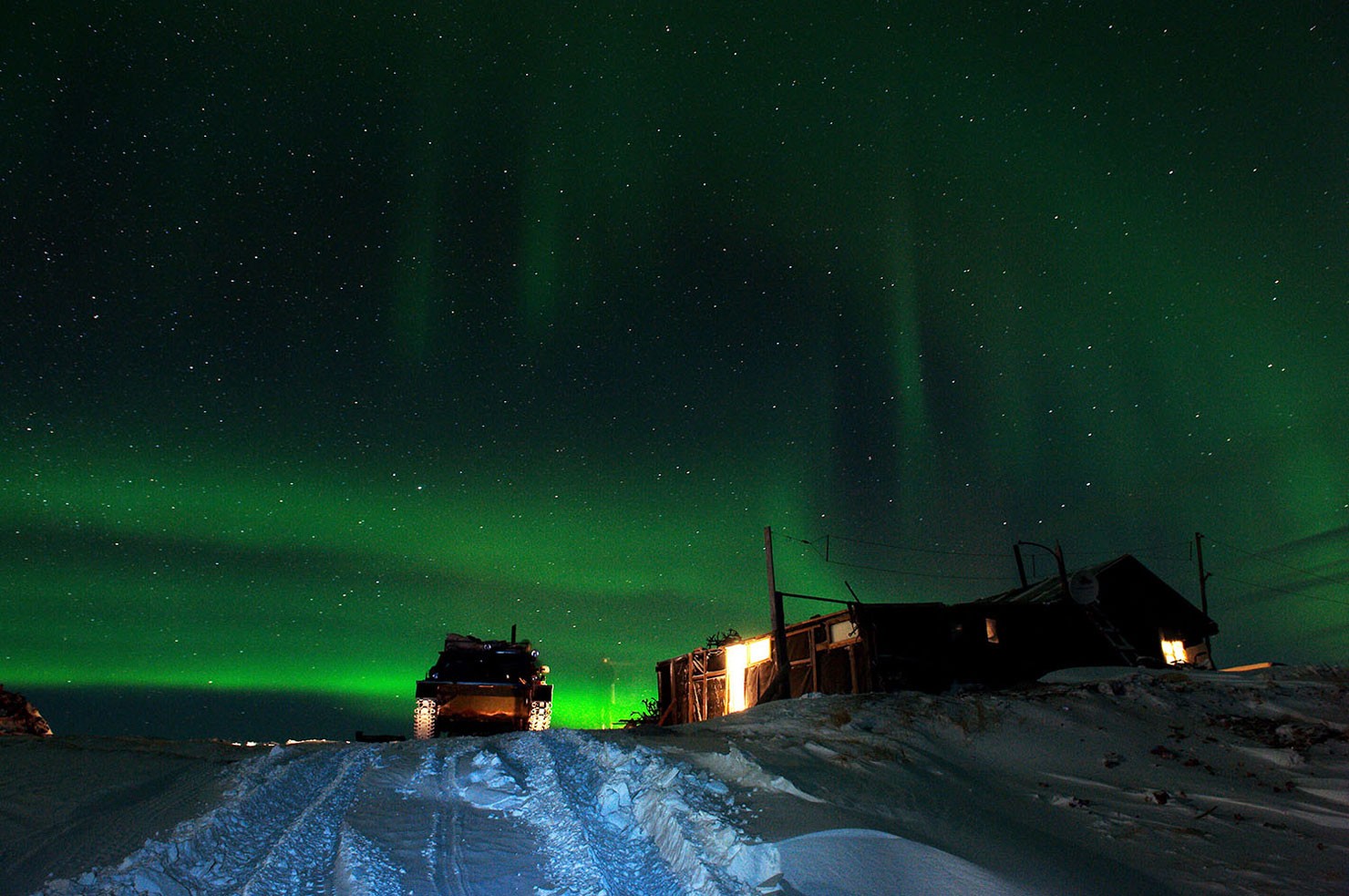
Since 2013 it is prohibited to shoot reindeer on the water in Russia. This is why in summer to catch the animals hunters install corrals. In autumn, they look for habitats of large herds and place their trailers nearby. In February, the reindeer break into smaller herds of 8 to 12 animals and scatter around the tundra. These small herds are hunted on snowmobiles, by a group that starts off from the base each morning. In the morning we went for the first recon.
They were preparing me for this expedition as if I were going to outer space. Although the hunters said it was ‘warm’ outside – around -30, we had to spend 10 hours without shelter. I was packed in many layers of woolen thermals, several fleece sweaters, two jackets and two down-filled pants, and they had me wear a shawl over my cagoule.
These days when tracking down reindeer on a snowmobile they use GPS for navigation. To communicate they normally use walkie-talkies, and satellite phones if it’s an emergency.
{“img”:”/wp-content/uploads/2015/09/Olen_08.jpg”, “text”:””},
{“img”:”/wp-content/uploads/2015/09/Olen_09.jpg”, “text”:””}
The crazy race started as soon as the hunters spotted a herd. The tundra is not flat at all – it is a carpet of bumps, where the snowmobile would sometimes jump one meter up on high speed and then fall down hard. You do not fall off only if you use all four extremities to hold, and the only way not to break your spine is to keep your knees half bent, as if you were skiing down a hill.
When the hunter is close to the target, he slows the vehicle down, gets up in the moving vehicle and shoots, then accelerates, gets up again and shoots again. I only have a few seconds to take my camera out, focus, frame, shoot, hide the camera in my bosom again – I’ve never had a shoot in a more extreme situation in my entire life.
{“img”:”/wp-content/uploads/2015/09/Olen_05.jpg”, “text”:””},
{“img”:”/wp-content/uploads/2015/09/Olen_06.jpg”, “text”:””},
{“img”:”/wp-content/uploads/2015/09/Olen_13.jpg”, “text”:””},
{“img”:”/wp-content/uploads/2015/09/Olen_14.jpg”, “text”:””},
{“img”:”/wp-content/uploads/2015/09/Olen_20.jpg”, “text”:””},
{“img”:”/wp-content/uploads/2015/09/Olen_16.jpg”, “text”:””},
{“img”:”/wp-content/uploads/2015/09/Olen_12.jpg”, “text”:””}
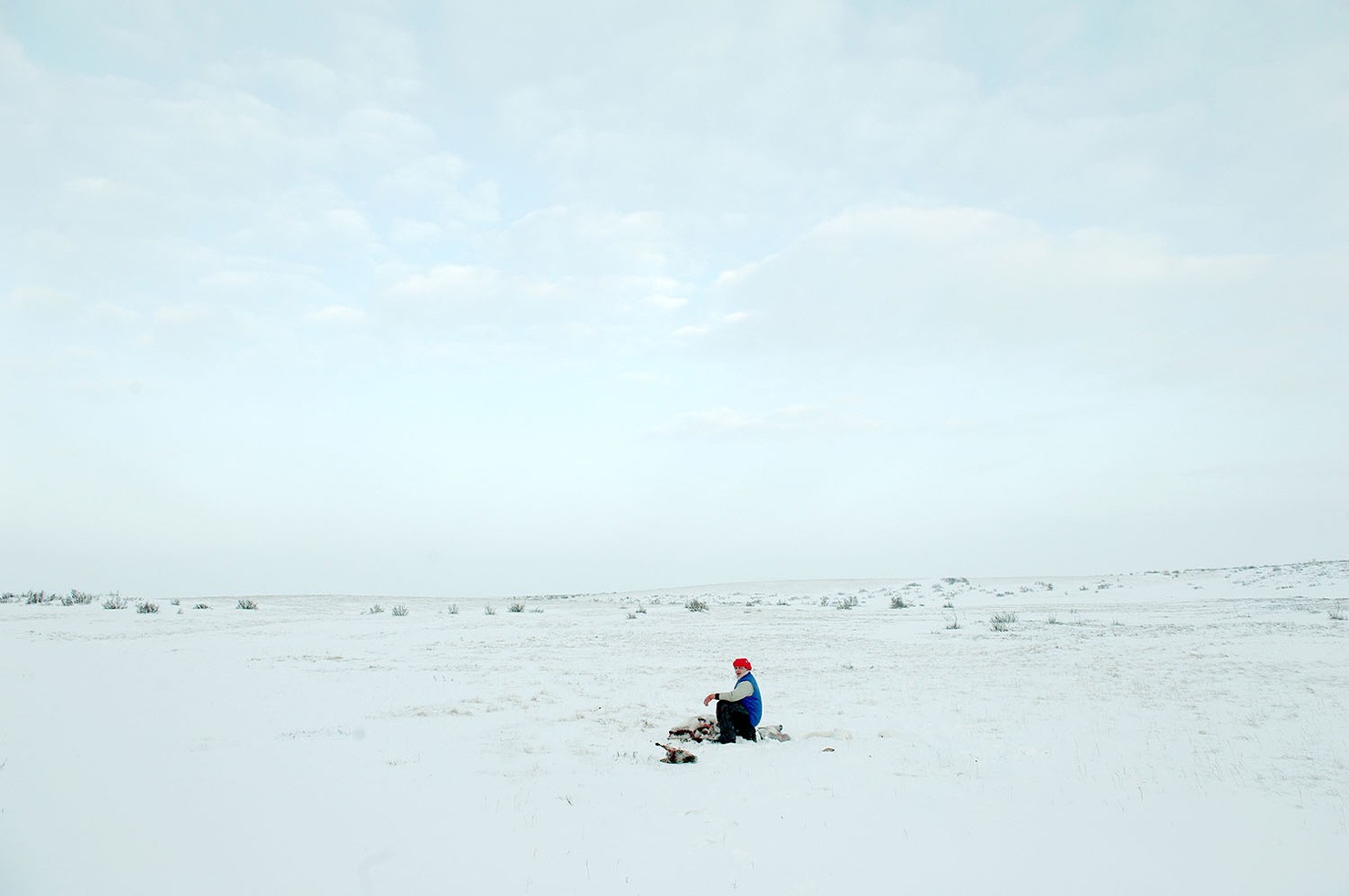
The carcasses are carved at once. The hunters work with their bare hands. Almost everything is processed. The horns are exported to South Korea and China where they are used to make flour to feed pearls in pearl farms. Tibia skin goes for boots. Meat is sold, mainly to Norilsk.
Reindeer meat has low fat content, but lots of nutrients. Taymyr locals eat it raw, along with deer liver and bone marrow. Some men drink fresh blood, claiming that it is an important source of vitamins in winter tundra.
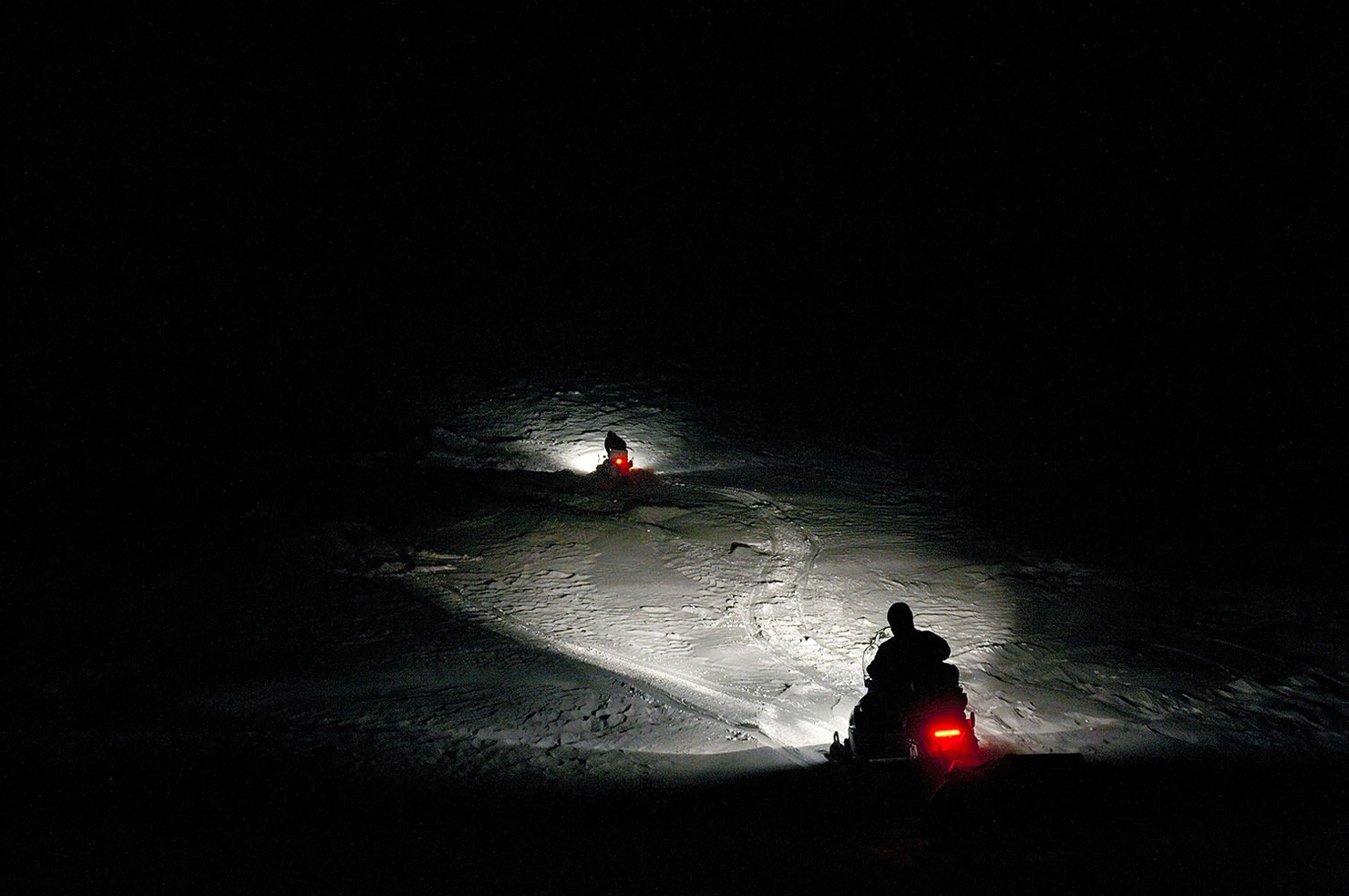
Hunters cover about 120 kilometers a day. A pair of hunters catches from 10 to 16 reindeer a day. Nikolai had 5 men on his team. Three are hunting, and two are staying in the house: prepare coal and firewood, heat the house, get water from the hole in the ice on the river, cook and clean. They stay here in-between seasons as well, to keep an eye on the household.
During the period permitted by law the hunters travel to the tundra almost every day. In the evening after dinner they mend equipment, clean their guns, and process reindeer skin. The hunt doesn’t happen only if there is a blizzard, poor visibility or if the temperature is below -35. When the weather is not right, the hunters watch movies or play backgammon. Nikolai never drinks, and he lets his men drink only in the evening to relax and get warm, or at the end of the season to celebrate.
{“img”:”/wp-content/uploads/2015/09/Olen_32.jpg”, “text”:””},
{“img”:”/wp-content/uploads/2015/09/Olen_35.jpg”, “text”:””},
{“img”:”/wp-content/uploads/2015/09/Olen_02.jpg”, “text”:””}
Nikolai was born in Khatanga district, on a state farm. His grandfather was a wealthy worker with a large herd of domesticated reindeer. His property was nationalized and he was sent away to a labor camp during Stalin’s rule. The NKVD reached even beyond the Arctic circle. Nikolai remembers, that there were much fewer wild reindeer at those time, and it was easier to keep domesticated herds.
He grew up in an orphanage. Education was compulsory even for the locals: “Why do we need it? We spent time on unnecessary subjects and were losing the connection with our roots.” After school he worked on a down farm, then he managed to join a brigade on a hunt and learned the necessary skills. After the USSR collapsed he dreamt of his own business, worked hard for many years, and things started to get better only recently. The main task Prince has now is to transfer his business to the young. “It is a paradox, but we, the indigenous people, are now learning how to work with skin from former Soviet workers… Those were mostly the Russians who were hunting, treating the skins and sewing the boots. But we have the hunt in our blood.” Nikolai frequently takes the boys from the orphanage along to his hunting spot, so that they would have a look at the business and try it themselves.
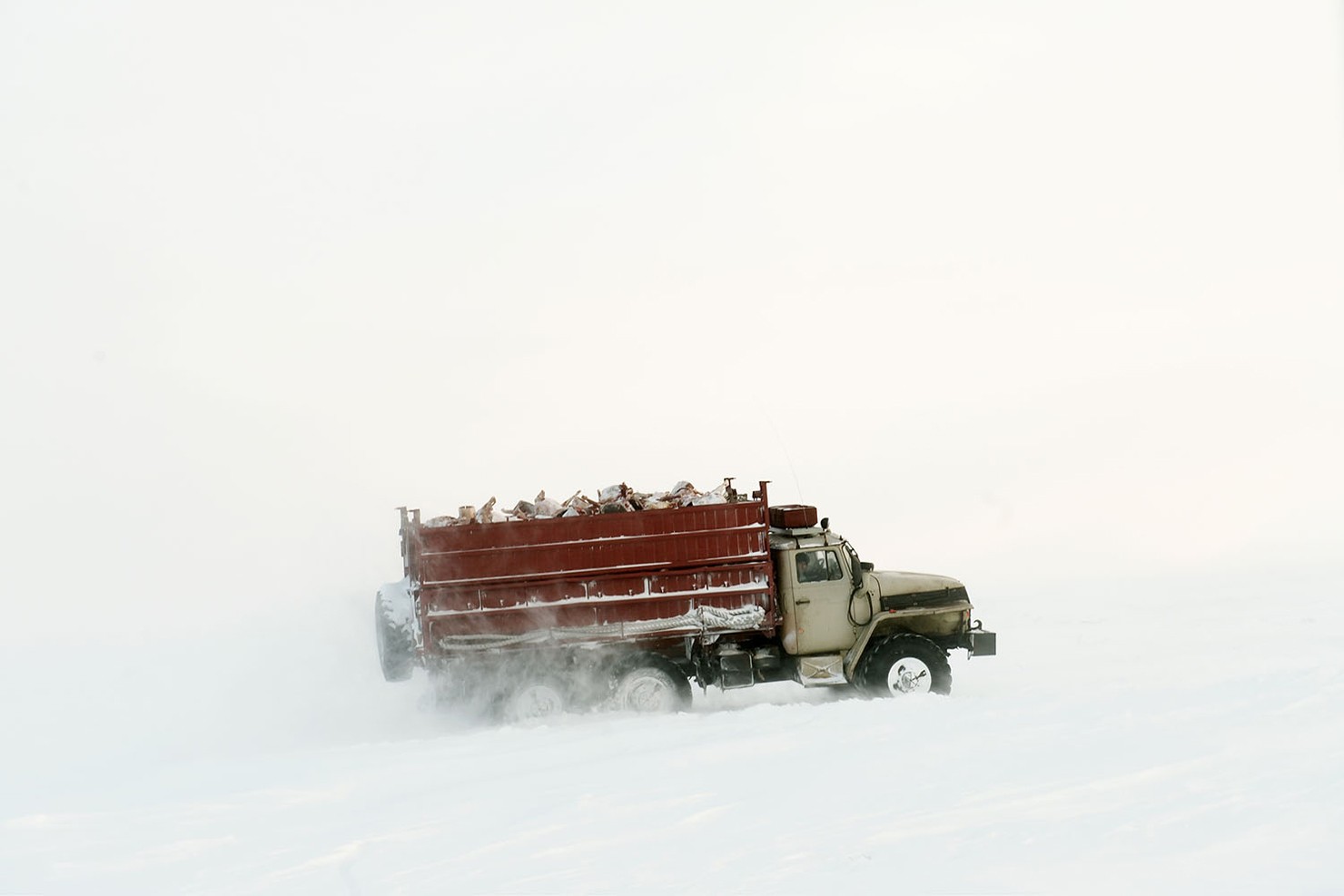
Text and photo: Elena Chernyshova






